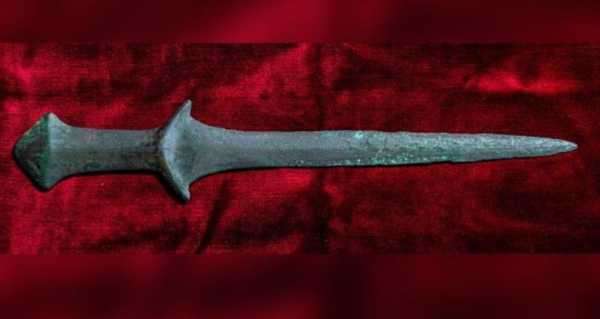
The practice of re-opening graves to remove symbolic items, including swords from men’s burials and broaches from women’s, spread widely across Europe in the sixth century but died out in the eighth. The motives for the practice remain unknown.
Archaeologists are trying to solve the riddle of why people of the Dark Ages, from Romania to Anglo-Saxon England, commonly reopened the graves of their own dead to remove specific items.
The mystery is why only certain grave items — not even those most valuable — were removed as part of a practice apparently common to a variety of early Medieval cultures from the sixth to eighth centuries AD, studied from sites in five regions across Europe.
The team concluded that items removed, especially swords, would have been in poor condition by the time they were exhumed and likely useless.
Given that it only takes a few years for an interred human body to decompose, “those graves were opened very soon after burial,” Klevnäs ventured.
The archaeologists believe the motivation for the apparently common practice varied from place to place.
But the particular choice of items to remove likely had deep significance for the people of the time.
Co-author Astrid Noterman said the practice began its spread across Europe in the sixth century, reaching a peak in the seventh century and declining before the turn of the eighth century. The time period in question spans the eras known as the Migration Period, following the decline of the Roman Empire, and the time of the Frankish Merovingian dynasty that pre-dated the Viking Age.
Sourse: sputniknews.com






